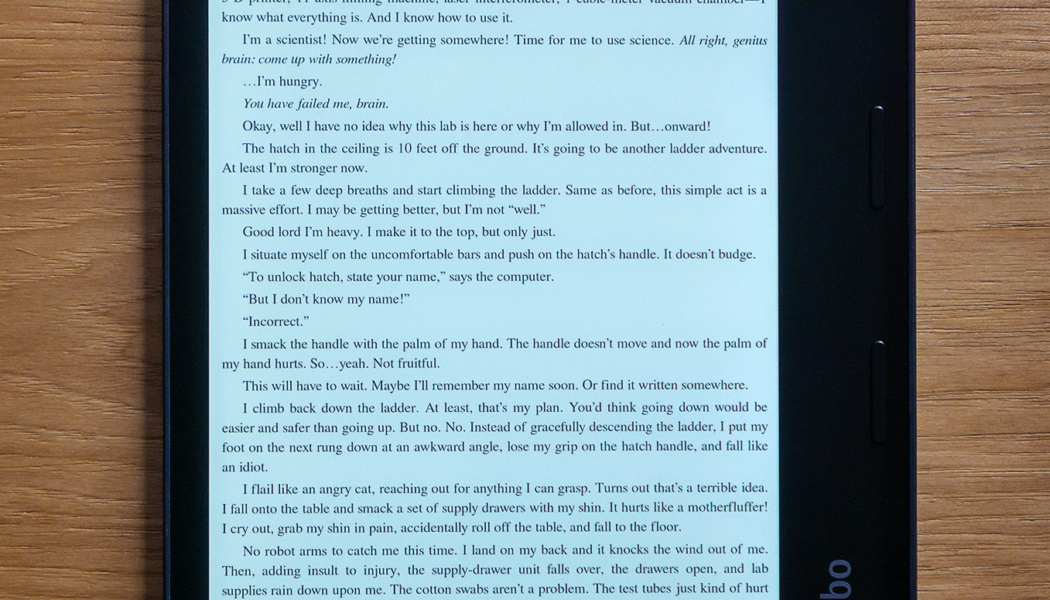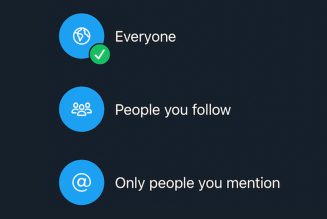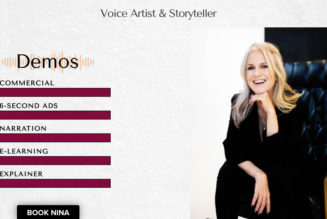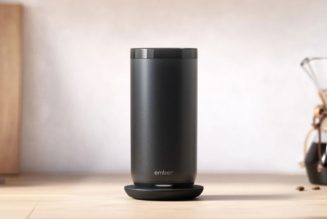E Ink displays, with their ultra crisp resolutions and black and white limitations, have been a natural fit for replacing pen and paper for years. It’s no wonder that the most common uses of the display technology in consumer technology has been for e-readers and digital paper, attempts to try to slash through paper’s thousand-year hegemony as a dominant technology for writing down information.
This year, Kobo took the logical step and combined the two with the massive, document-sized 10.3-inch $399.99 Elipsa and its new flagship $259.99 Sage e-reader. On paper, it’s a great idea.
Kobo is by no means the first major company to offer an E Ink-based writing device: Sony has produced its digital paper tablets for years, and reMarkable is already on its second-generation writing-focused device.
But both Sony and reMarkable’s tablets, which theoretically supporting ebooks, lacked the storefronts and existing customer buy-in to really succeed as a viable e-reader, where the only way to get books was to sideload whatever DRM-free ebooks you already had. The two new Kobo tablets, on the other hand, propose the best of both worlds, combining Kobo’s robust book storefront and library lending support with the paper-ending prowess of an E Ink stylus system.
Neither device quite hits the balance, though. The smaller Sage is better to read with, with physical turn buttons, waterproofing (although the stylus is not), and adjustable color temperature for more natural lighting. But the eight-inch display is awkwardly sized, leaving the device too big to fit into any pants pocket (although it does fit into a jacket pocket), while at the same time being a bit too cramped to comfortably write on, especially if you’re looking at a full, letter-sized document. And unlike the Elipsa, it doesn’t include a stylus in its $259.99 price, instead charging an extra $40 for the privilege.
:no_upscale()/cdn.vox-cdn.com/uploads/chorus_asset/file/23070752/cgartenberg_211207_4916_0006.jpg)
The Elipsa suffers from the opposite problem: its bigger display lends itself more naturally to using it as a digital paper tablet for annotating PDFs and scribbling notes in a notepad, but it’s more awkward to read on due to the unwieldy size. It’s a great option for things like digital textbooks, though.
Unlike its smaller cousin, the Elipsa isn’t waterproof, and the display eschews the adjustable color temperature feature on the Sage, too. (I’d also beg Kobo to rethink the placement of the power button on a future model — the current location, on the “right” side of the tablet, makes it all but impossible to use when holding it in your right hand.)
In short, the better the device is for reading books, the worse it becomes for using as an E Ink notebook and vice versa.
:no_upscale()/cdn.vox-cdn.com/uploads/chorus_asset/file/23070751/cgartenberg_211207_4916_0005.jpg)
And while Kobo’s handle on e-reader software and technology is competitive, the digital paper aspects of its hardware feel distinctly first generation on both devices. Kobo’s choice to include an extra screen layer for its backlight means that the writing isn’t quite as responsive or tactile feeling as the reMarkable 2. Nor does Kobo have the textured, almost scratchy tactile surface that made the reMarkable so nice to write on.
The software also has some odd quirks, too. One of the more interesting capabilities of Kobo’s devices is the fact that you can write on books — annotating, underlining, highlighting, and otherwise scribbling over or around whatever you’re reading. If you’re the kind of person who likes being able to do that sort of thing, it’s a useful feature once you’ve already got the stylus support (and unlike drawing on a paper book, it’s easily erased).
Oddly, there’s no easy way to toggle annotations on and off, short of changing the margins or font size. Since annotations are tied to a specific page layout, changing display settings makes your scribbles disappear, replaced by an icon in the margins that makes it easy to revert back to the original (annotated) settings.
:no_upscale()/cdn.vox-cdn.com/uploads/chorus_asset/file/23070754/cgartenberg_211207_4916_0008.jpg)
:no_upscale()/cdn.vox-cdn.com/uploads/chorus_asset/file/23070756/cgartenberg_211207_4916_0009.jpg)
There are also some awkward limitations: while you can scribble on Kobo-purchased books to your heart’s content, you can’t share those annotated books or pages. DRMed PDFs can’t be annotated at all, which might limit your ability to take notes on digital textbooks, and library books borrowed from Overdrive will lose their notes once you return them.
Kobo’s software oddities linger throughout the device. Both devices, for instance, support landscape layouts for ebooks but not on any of the menus. And the software is badly in need of a smartphone-style control tray for adjusting brightness and basic settings: right now, in the notebook mode, the only way to control brightness is through a poorly advertised swiping gesture, rather than through any software menu. And the Sage doesn’t even offer an option to get to your notebooks from its homescreen, hiding the feature away in a secondary menu.
The company is also still largely resting on its laurels when it comes to things like Pocket and Overdrive integration, which, while better than Amazon’s non-implementation of the two features, still could be a lot more user-friendly than they are. Kobo, presumably, is just fine with customers buying books from its store rather than taking them out from their local libraries.
:no_upscale()/cdn.vox-cdn.com/uploads/chorus_asset/file/23070753/cgartenberg_211207_4916_0007.jpg)
The key thing to understand about Kobo’s two new tablets, though, is what you’re getting into before you buy. The Sage, despite having stylus support, is still an e-reader first; and while the digital paper features are a nice bonus, I wouldn’t buy one to use as a digital notebook. And while the Elipsa is an interesting digital paper device made better by Kobo’s ebook infrastructure, it’s still a first-generation piece of hardware that’s outclassed as a writing tablet by the reMarkable 2.
Still, even if neither of the two devices hits the sweet spot of a perfect paper replacement, the fact that Kobo is looking to expand its feature set outside of simply buying ebooks is an encouraging one. Hopefully, it will continue to help push the industry forward into taking full advantage of the unique displays that devices like the Kobo Sage and Elipsa offer.
Photography by Chaim Gartenberg / The Verge








